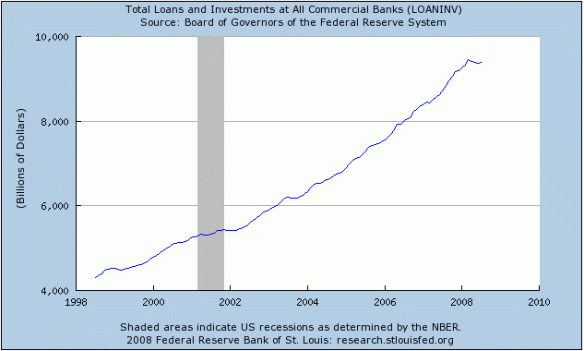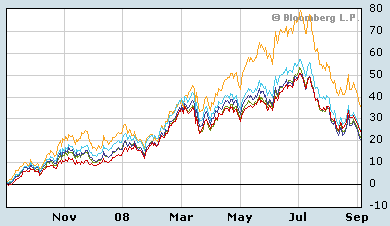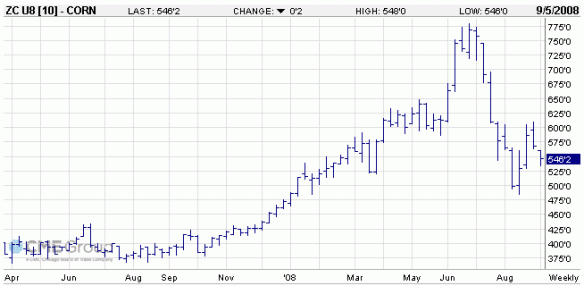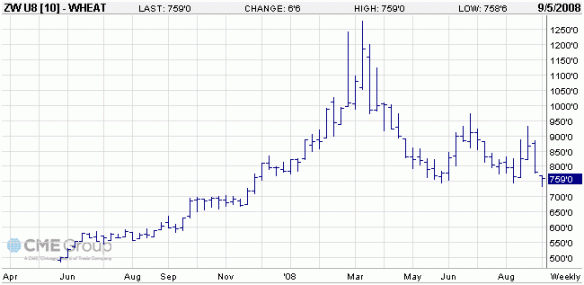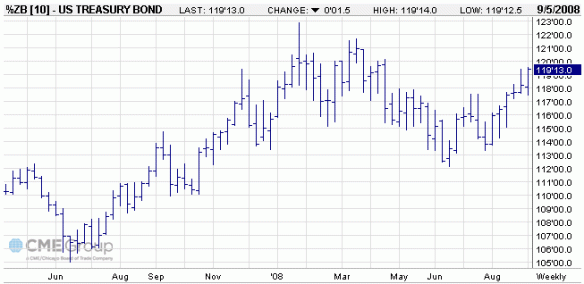Strong Incentive to Save
Mish knocks it out of the park with this one. Not only are inflation-adjusted rates positive, they are actually above average on a historical basis, and with stocks and other risky assets tanking (see charts below), there is a very strong incentive to save money in Treasuries.
Home prices are crashing and those prices are not adequately reflected in the CPI. Instead, the single largest component of the CPI is “Owners Equivalent Rent“. OER is a process in which the BEA estimates what it would cost if owners were to rent the homes they own from themselves. I do not believe this to be a valid construct of prices.
By ignoring housing prices, the CPI massively understated inflation for years. The CPI is massively overstating inflation now.
In normal times with rents in sync with home prices, it did not matter much if one used OER or actual home prices. It’s a remarkably different story now. We have just seen the biggest housing bubble in the history of the world. At the peak of insanity, home prices were 3 standard deviations above rental prices and 3 standard deviation above wage growth.
Now, the important factor is that home prices are crashing, with quite a big drop still needed to get back to historic norms. With that in mind, housing can be expected to be weak for quite some times.
The treasury market seems to have figured all this out quite nicely. Pundits screaming “treasury bubble” clearly have not.
Case-Shiller vs. Owners Equivalent Rent
Case-Shiller shows that home prices have declined 15.4% over the past year. Currently, OER is the largest component of the CPI at nearly 24%.
A CS-adjustment (substituting Case-Shiller for OER in the CPI) would knock 3.7% off the CPI (15.4 * .24).
We must also take into account the reported OER was +2.6 vs. a year ago. It’s affect on the CPI is (2.6 * .24) or .624 of the reported 5.6%. Rounding to the nearest tenth, another .6 needs to be subtracted from the adjusted CPI. (5.6 – 3.7 – .6 = 1.3)
This would make the CS-CPI +1.3% instead of the reported 5.6%
Prices are a Trailing Indicator of Credit Expansion (aka Inflation).
As Mish always explains, CPI looks in the rear view mirror, not out the windshield, so let’s look back for a minute. What has driven up the price of housing, education, clothes, food, entertainment and travel? The quick answer is credit, easy credit extended by an inherently corrupt banking system. Bankers had been bailed out so many times that they finally lost all sense of decency and respect for lending standards. That easy credit made people feel rich, in no small part because it inflated investment assets, so people weren’t worried about higher grocery prices.
Now that credit is unavailable and investments are crashing, suddenly $4 bread feels a little excessive. If credit is the fuel for price increases, and investment assets lead the way, then the outlook for lower consumer prices is very good. Let’s gaze out the windshield and see how good:
We know what the mortgage market looks like, but here’s total bank credit (roughly $9.5 trillion):
Source: St. Louis Fed
Ok, other than the sharpness with which credit stopped expanding last year, this doesn’t look like much yet, but credit has gone flat after the greatest rise in history. And actually, the reason why bank credit is flat and not down since mid-2007 is that companies have been frantically drawing down existing credit lines and stuffing the cash in the money market (why M3 soared), since they know they’re going to need it and rightly suspect that those lines will soon be withdrawn.
Credit is Withdrawn, Asset Prices Fall
Real estate is ultra-sensitive to credit, so it was the first sector to turn, back in 2006:
Source: Standard & Poors
Stocks of course turned last year, and now commodities have turned:
Source: Bloomberg
That includes the grains…
(All grain charts from the Chicago Board of Trade)
…and the metals. We all know gold and silver are down, but here’s a peek at the base metal index from Kitco. Party’s over:
Treasury Rally is No Conundrum
So, where’s an investor to hide? My advise is to invest in the future: stop investing.
That’s what Treasury buyers are doing. Treasuries are set to continue their bull market, and I bet they will make a rally for the history books in the next 12 months. Here’s the 30-year:
Source: Chicago Board of Trade
Conclusion
Don’t trash cash. It’s the new, new thing.

